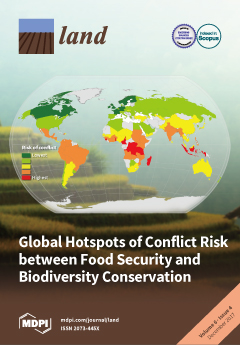Resource information
Indigenous groups are increasingly combining traditional ecological knowledge and Western scientific approaches to inform the management of their lands. We report the outcomes of a collaborative research project focused on key ecological questions associated with monsoon vine thickets in Wunambal Gaambera country (Kimberley region, Western Australia). The study mapped monsoon rainforests and analysed the environmental correlates of their current distribution, as well as the historical drivers of patch dynamics since 1949. Remote sensing was used to chart the effectiveness of an intervention designed to re-instate Aboriginal fire regimes according to customary principles. We identified the most vulnerable patches based on size, distance from neighbouring patches, and fire frequency. More than 6000 rainforest patches were mapped. Most were small (<1 ha), occurring predominantly on nutrient-rich substrates (e.g., basalt) and fire-sheltered topographic settings (e.g., slopes and valleys). Rainforests with low fire frequency and no cattle were more likely to expand into surrounding long-unburnt savannas. Frequent fires and cattle did not cause substantial contraction, although the latter affected rainforest understories through trampling. Fire management performed by Aboriginal rangers effectively shifted fire regimes from high-intensity late dry season fires to early dry season fires, particularly in areas with clusters of vulnerable rainforests. The remote sensing methods developed in this project are applicable to the long-term monitoring of rainforest patches on Aboriginal-managed land in North Kimberley, providing tools to evaluate the impacts of fire management, feral animal control, and climate change. The study confirmed the importance of the cattle-free and rarely burnt Bougainville Peninsula as one of the most important rainforest areas in Western Australia.


